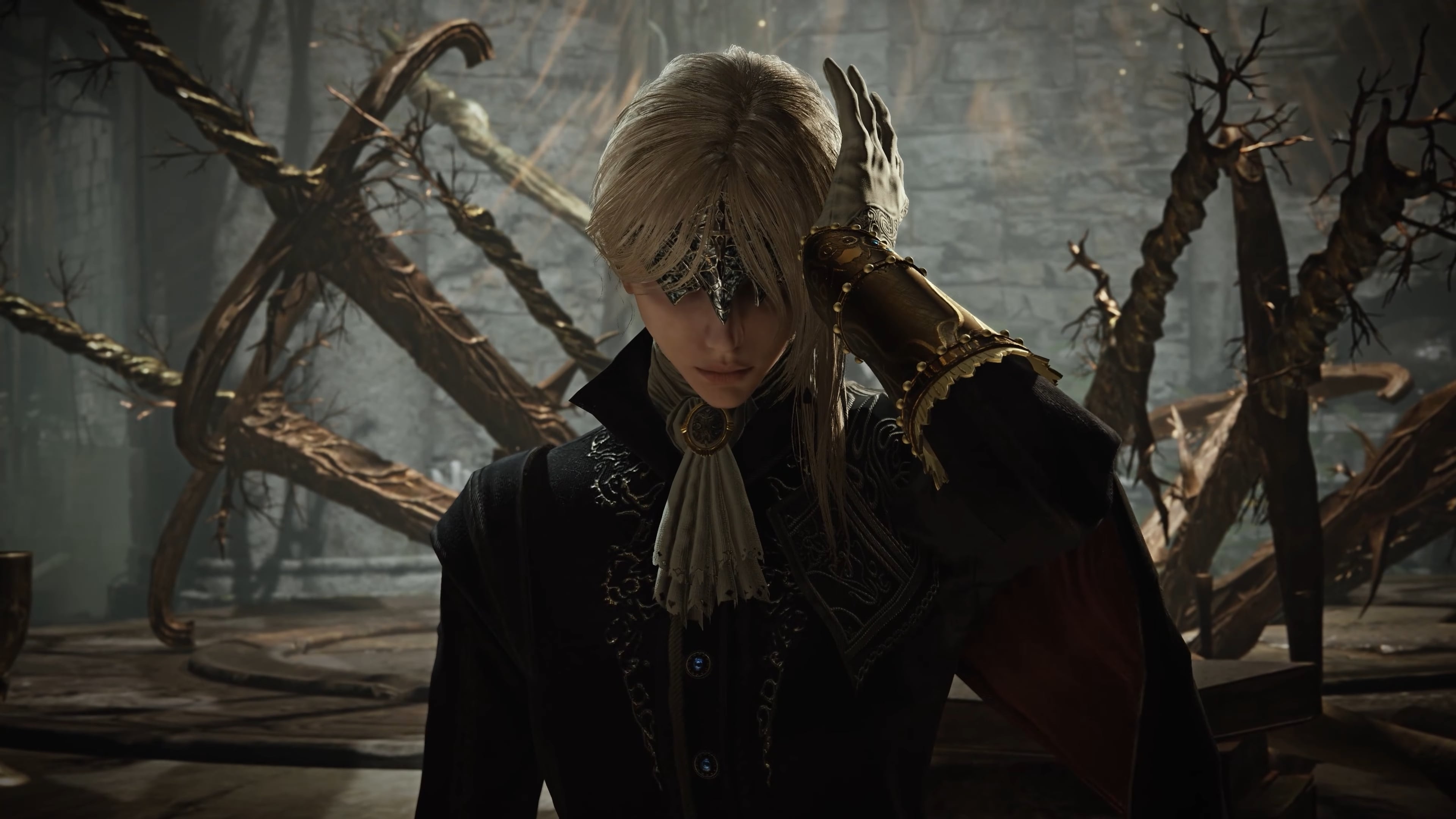
(Image credit: FromSoftware)
The concept of asset reuse in video games often sparks debate among players and developers. While some see it as a shortcut, Elden Ring Nightreign’s director believes it enhances development efficiency. Learn more about this approach and its impact on games at GamesRadar.
Asset reuse, or ‘asset flipping,’ involves transferring assets like animations or character models from one game to another. It’s not a new practice. Take, for example, how Majora’s Mask utilized material from Ocarina of Time or how Tears of the Kingdom built upon Breath of the Wild. Despite its utility, the technique often faces criticism for perceived overuse.
Explore the nuances of asset reuse.
Elden Ring faced such scrutiny when it included familiar elements from earlier FromSoftware titles. Yet the creative flair in which these were reimagined ought to be celebrated. In the newest installment, Junya Ishizaki, Nightreign’s director, addressed questions about asset reuse. He emphasized that the game’s development was about “completely reforming the gameplay loop and design” in its familiar setting, The Lands Between.
Using the existing framework, Ishizaki explained, allowed the team to focus on refining gameplay mechanics, rather than recreating the game’s expansive world from scratch. This strategic planning meant resources could be diverted toward innovative game ideas. Visit Future Game Economics for insights into game development processes.
Ishizaki acknowledges that asset reuse is a topic of contention, yet argues it’s far from a mere “one-to-one copy-paste.” The process involves more thoughtful integration to enhance the gaming experience. Particularly in Nightreign, reused assets have been adapted to fit the game’s unique style, offering fresh experiences even with familiar visuals. Get more perspectives at Director Insights.
As game development costs soar, methods like asset reuse become increasingly valuable, akin to how the Yakuza/Like a Dragon series operates. Ultimately, this practice shortens the time gamers wait for sequels, as seen when Elden Ring Nightreign surpassed 2 million sales on day one despite receiving a “Mixed” rating on Steam. The innovative use of assets didn’t impede its success. For more gaming stories, visit Current Ecosystem News.